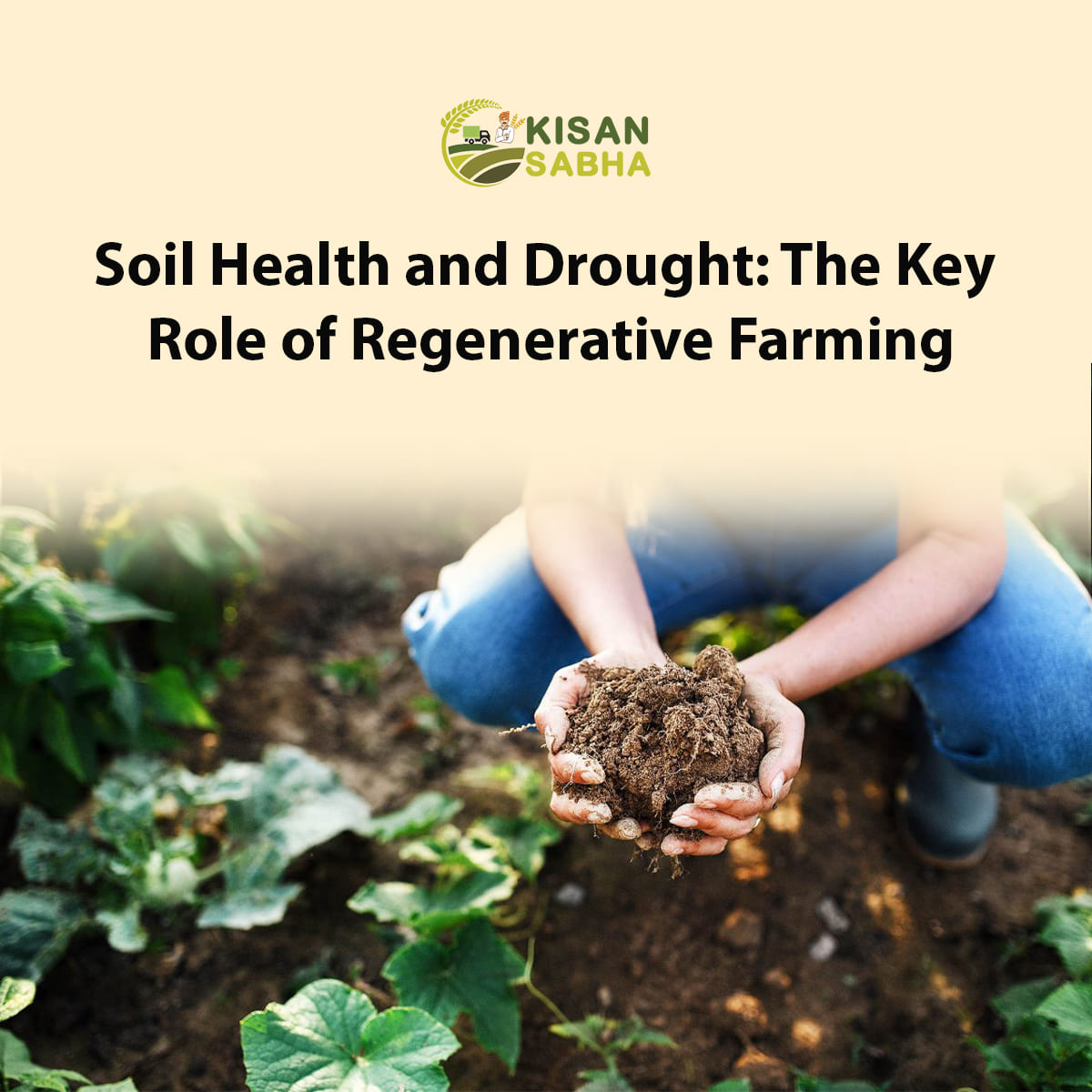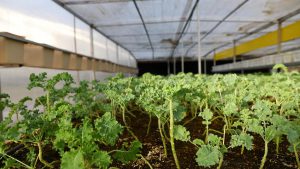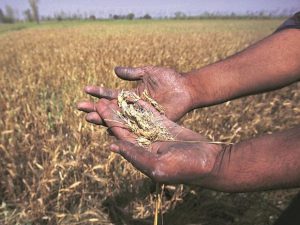Soil health plays a crucial role in mitigating drought impacts on agricultural systems, and regenerative agriculture practices offer promising solutions to enhance soil resilience. As the world faces increasing water scarcity and climate change challenges, understanding the relationship between soil health and drought becomes imperative for sustainable food production. This article explores the significance of soil health in mitigating drought and focuses on the principles and practices of regenerative agriculture.
By delving into topics such as water retention, soil organic matter, biodiversity, soil microbiome, and water management strategies, we aim to provide insights into how regenerative agriculture can contribute to building drought-resilient soil systems. Furthermore, through real-life case studies, we highlight successful examples of soil health management in drought-prone regions, showcasing the potential of regenerative agriculture for sustainable and resilient farming.
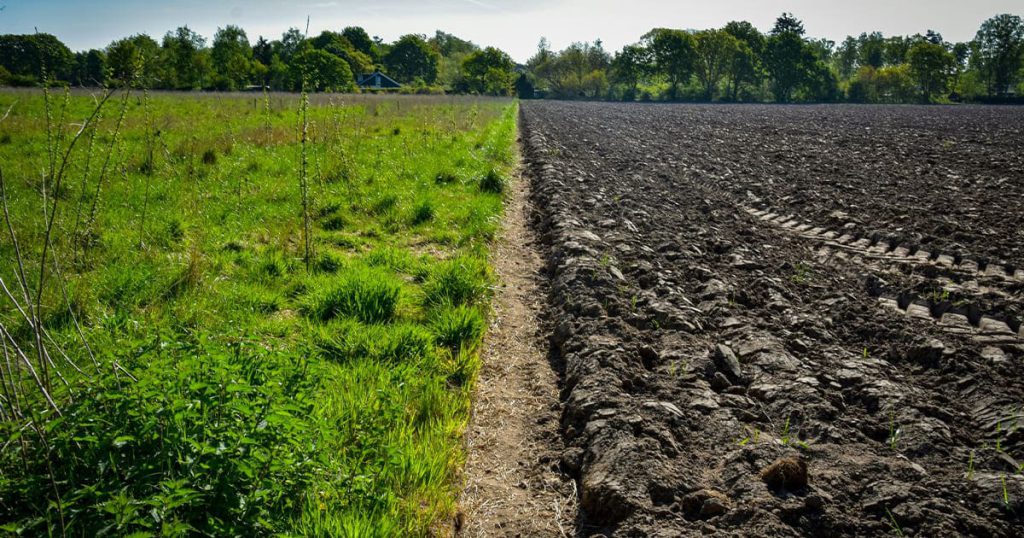
Introduction to Soil Health and Drought Mitigation
The Importance of Soil Health in Agriculture
Soil health is like the superhero of agriculture – it’s the secret power that helps crops thrive and withstand all sorts of challenges, including droughts. When soil is healthy, it’s teeming with beneficial microorganisms, nutrients, and organic matter that create a nurturing environment for plants to grow. Good soil health not only improves crop productivity but also enhances agricultural systems’ resilience to combat drought impacts.
Understanding the Impact of Drought on Agricultural Systems
Drought can be a farmer’s worst nightmare. It’s like a hot, dry devil that sucks the life out of crops and leaves them gasping for water. When a region experiences prolonged periods of little to no rainfall, it can lead to reduced crop yields, stunted plant growth, and in severe cases, even crop failure. Drought affects not only farmers’ livelihoods but also the availability and affordability of food for consumers. That’s why finding effective strategies to mitigate the impact of drought on agriculture is crucial.
Understanding Regenerative Agriculture Practices
Regenerative agriculture is like a magical wizard that restores and rejuvenates the soil. It’s an approach to farming that focuses on improving soil health, enhancing biodiversity, and minimizing the use of synthetic inputs. The principles of regenerative agriculture include practices such as cover cropping, crop rotation, minimal soil disturbance, and the integration of livestock. By implementing these practices, farmers not only improve the fertility and structure of their soil but also contribute to a more sustainable and resilient agricultural system.
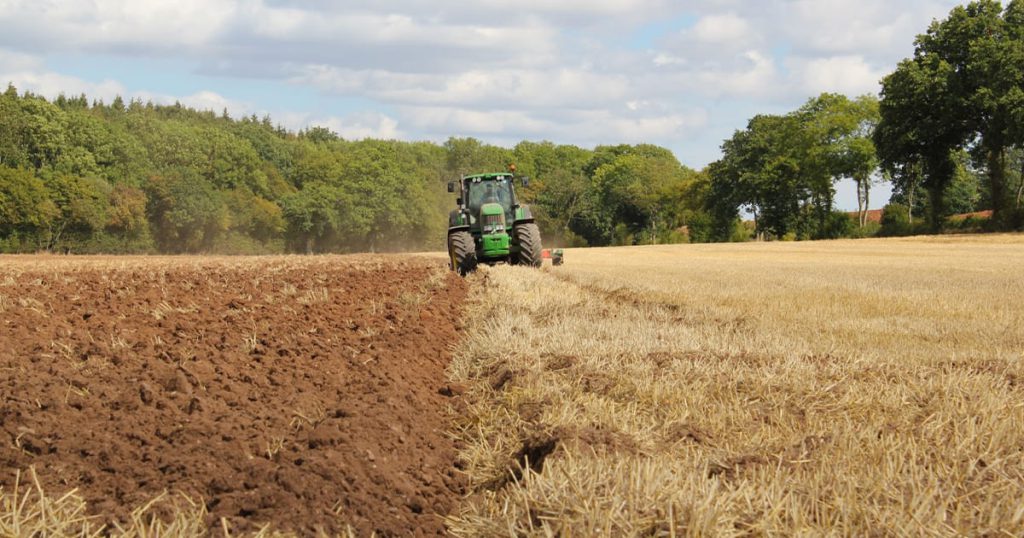
Key Components of Regenerative Agriculture Systems
Regenerative agriculture is all about building a harmonious ecosystem on the farm. It involves a holistic approach that considers the interconnection between soil, plants, animals, and the environment. The key components of regenerative agriculture systems include diversifying crop species, managing livestock grazing, minimizing the use of synthetic chemicals, and adopting conservation tillage practices. These components work together to improve soil health, enhance water retention, and promote ecological balance.
Significance of Regenerative Agriculture
Regenerative agriculture emphasizes strategies aimed at improving soil health while mitigating climate change. Methods such as cover cropping, rotational grazing, and reduced tilling can significantly enhance soil health and resilience to climatic fluctuations. But what makes regenerative agriculture a game-changer? Its adoption can lead to substantial increases in organic soil matter, which significantly enhances water-holding capacity, thereby reducing the risks associated with drought.
- Impact on Climate Change
The role of soil health in mitigating drought is seemingly small but notably significant in the battle against climate change. Healthy soils can sequester atmospheric carbon, promoting the reduction of greenhouse gas emissions. Therefore, by focusing on soil health through regenerative agriculture, we can take crucial steps towards a more sustainable future.
Also Read:- What Are the Positive Impacts of Clayey Soil on Crops?
- Embracing Soil Health
Addressing drought through improved soil health requires a shift in mindset and agriculture policies, from promoting short-term, high-yield strategies to embracing long-term, sustainable practices. Are we ready for this shift? It’s time to embrace soil health and regenerative agriculture as vital components in our quest to mitigate drought and bolster food security.
Conclusion
In conclusion, the role of soil health in mitigating drought, particularly through the lens of regenerative agriculture, is crucial in our fight against climate change. By prioritizing soil health, we will not only be enabling more resilient agricultural systems but also taking the steps needed towards a sustainable future.


